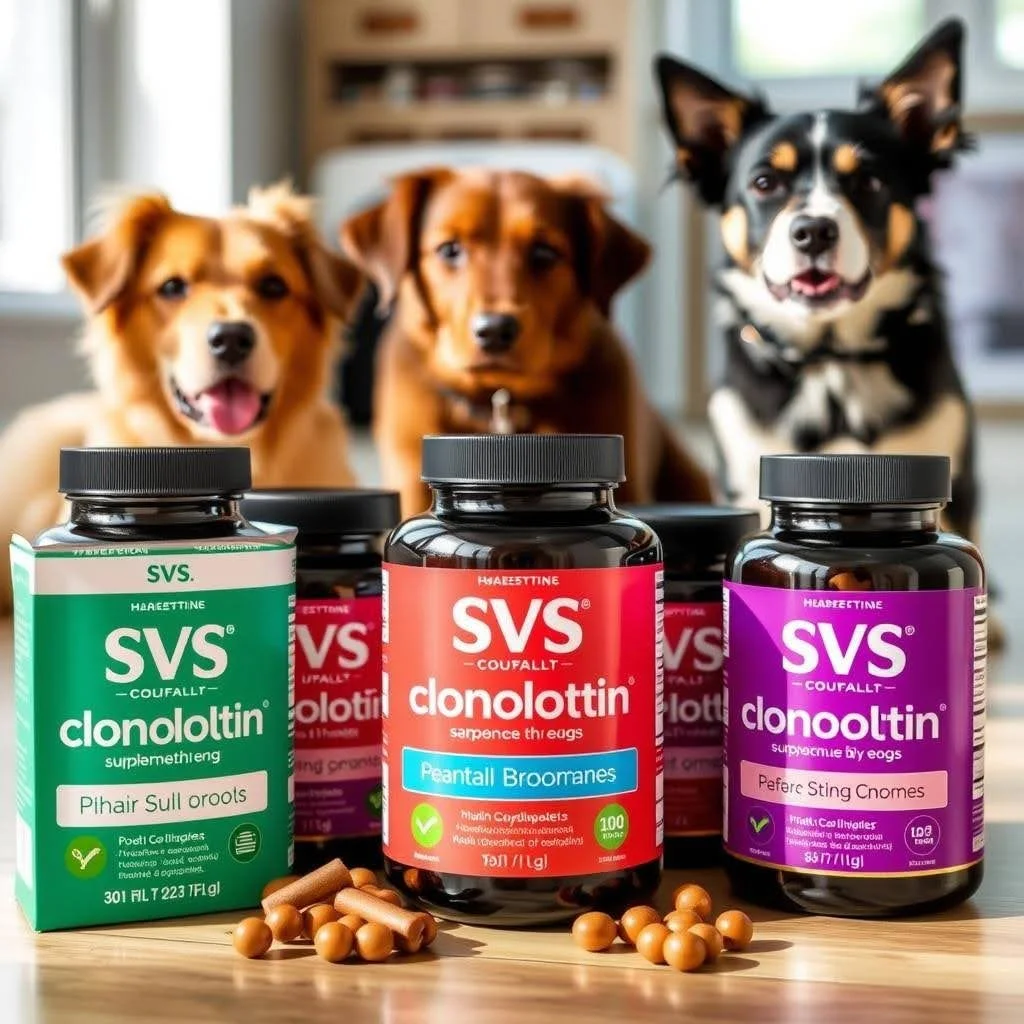Dogs are active, playful companions, and their adventurous nature often makes them prone to cuts, scratches, and injuries. While minor wounds may heal naturally, deeper or infected wounds require medical attention. In many cases, veterinarians prescribe an antibiotic tablet for dog wounds to fight bacterial infections, speed up healing, and prevent complications.
This guide will help pet owners understand when antibiotics are necessary, the types of tablets available, and how to use them safely for your furry friend’s recovery.
Why Antibiotics Are Needed for Dog Wounds
Dog wounds can easily become infected if not treated properly. Bacteria can enter through cuts, bites, or abrasions, leading to swelling, pus, and pain. An antibiotic tablet for dog wounds is designed to:
- Prevent infection from spreading.
- Kill or inhibit harmful bacteria.
- Promote faster and safer healing.
- Reduce the risk of serious complications like abscesses or sepsis.
Common Types of Wounds in Dogs
Before discussing treatment, it’s important to know the kinds of wounds that may require an antibiotic tablet for dog wounds:
- Bite wounds – often severe and prone to infection due to bacteria from another animal’s mouth.
- Cuts and lacerations – caused by sharp objects like glass, thorns, or metal.
- Abrasions and scratches – minor but can still get infected if untreated.
- Post-surgical wounds – incisions after veterinary procedures that need protection.
- Puncture wounds – deep wounds that trap bacteria inside tissues.
Types of Antibiotic Tablets for Dog Wounds
Veterinarians may prescribe different antibiotics depending on the wound type and bacterial infection. Common antibiotic tablets for dog wounds include:
- Amoxicillin and Clavulanic Acid – broad-spectrum antibiotics for skin and soft tissue infections.
- Cephalexin – effective for infected cuts, scratches, and bite wounds.
- Clindamycin – often used for deep wounds and dental infections.
- Enrofloxacin – prescribed in cases of more resistant bacterial infections.
⚠️ Note: The right antibiotic tablet for dog wounds should always be prescribed by a licensed veterinarian after proper diagnosis.
How to Safely Administer Antibiotic Tablets to Dogs
Giving your dog medication can be challenging, but these tips can make it easier:
- Follow your vet’s prescription strictly for dosage and duration.
- Hide the tablet in food or treats for easy swallowing.
- Use a pill dispenser if your dog refuses food-wrapped tablets.
- Never stop treatment early even if the wound looks better—this prevents antibiotic resistance.
- Monitor side effects such as vomiting, diarrhea, or allergies and report them to your vet.
Risks of Misusing Antibiotic Tablets
While an antibiotic tablet for dog wounds is effective, misuse can cause harm. Some risks include:
- Antibiotic resistance – bacteria adapt and become harder to treat.
- Side effects – digestive issues or allergic reactions.
- Incomplete healing – stopping treatment early allows infection to return.
- Toxicity – giving human antibiotics to dogs can be dangerous.
Always rely on veterinary advice rather than self-medicating your dog.
Natural Care and Preventive Measures
Along with prescribed antibiotic tablets for dog wounds, supportive care can help recovery:
- Clean wounds promptly with antiseptic solutions.
- Keep the area dry and bandaged as directed by your vet.
- Use an Elizabethan collar (E-collar) to prevent licking or biting.
- Boost immunity with a nutritious diet and supplements.
- Schedule regular vet checkups for proper healing progress.
Prevention is always better than cure. Avoid rough play in unsafe areas and keep your dog’s environment clean to reduce the risk of injuries.
Frequently Asked Questions
1. Can I give my dog leftover human antibiotics for wounds?
No. Human medicines can be harmful or fatal to dogs. Always use vet-prescribed tablets.
2. How long does it take for wounds to heal with antibiotics?
Minor wounds may improve in 5–7 days, but severe cases may take longer depending on treatment.
3. What if my dog refuses to take the antibiotic tablet?
Try hiding it in treats or consult your vet about alternative liquid formulations.
Conclusion
An antibiotic tablet for dog wounds is an essential part of veterinary care when injuries become infected or carry a high risk of bacterial complications. Used correctly, these tablets not only treat infections but also support faster healing and better quality of life for your dog. However, it is crucial to avoid self-medicating and always seek professional veterinary guidance.
By combining proper wound cleaning, preventive care, and prescribed antibiotics, you can ensure your dog recovers quickly and safely from injuries. Responsible use of an antibiotic tablet for dog wounds ensures effective treatment today while safeguarding your pet’s health in the long run.







